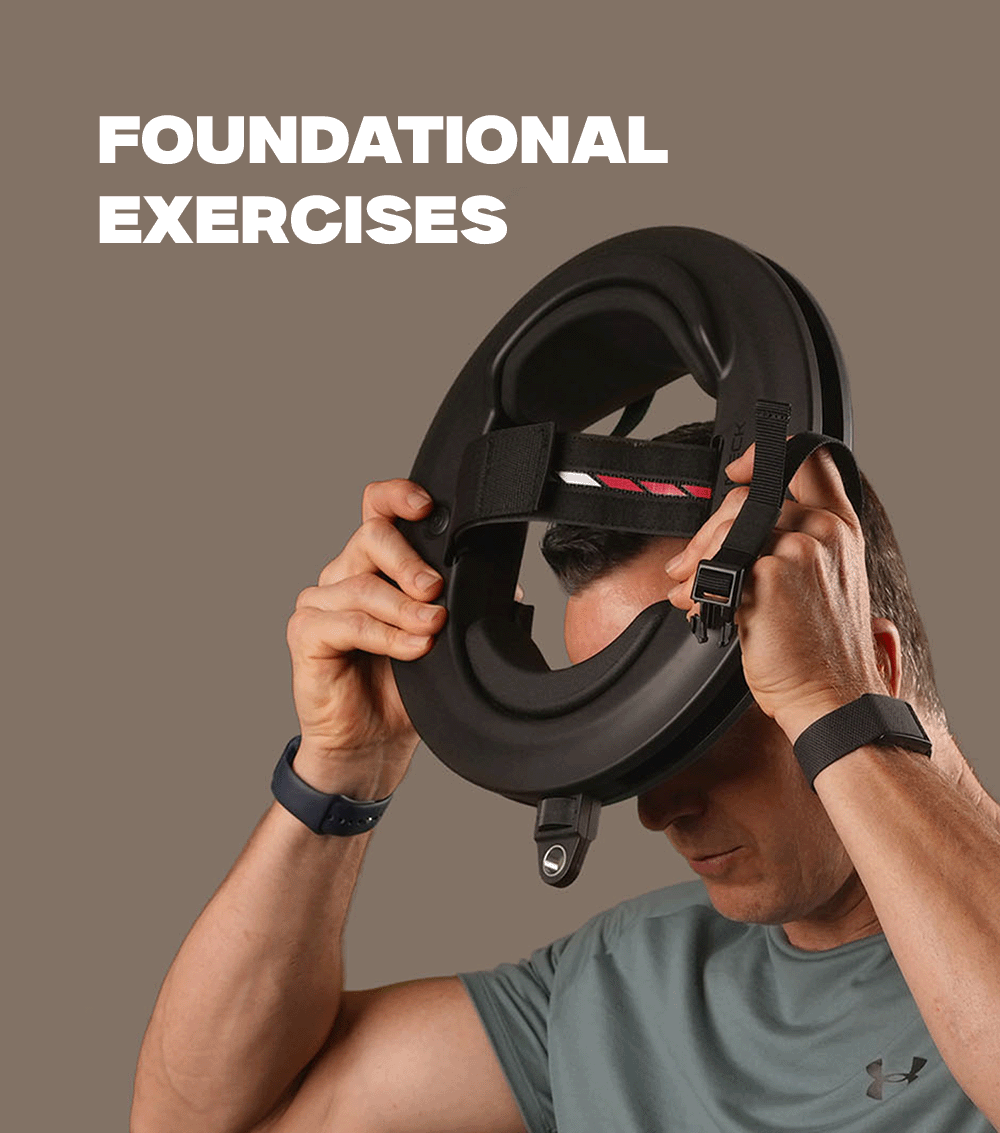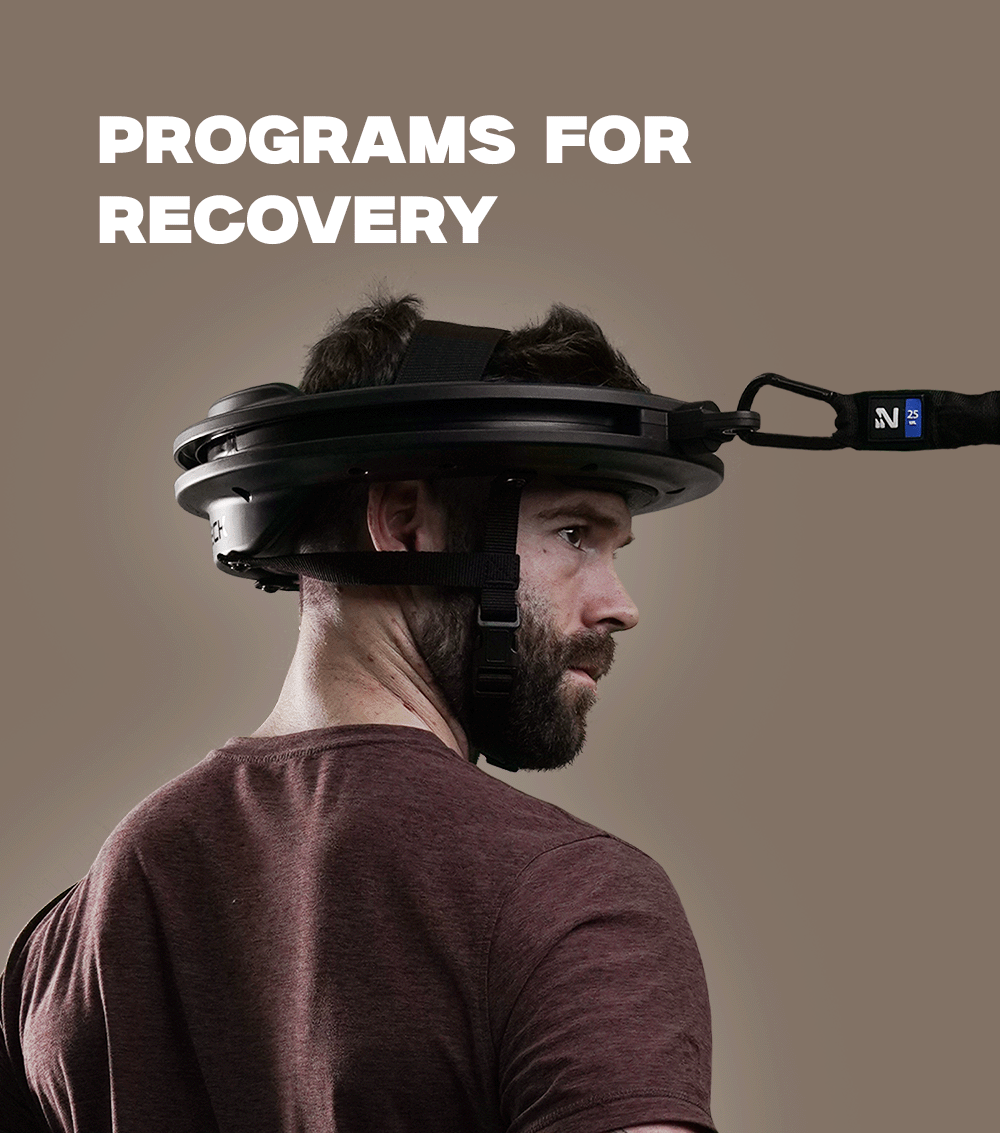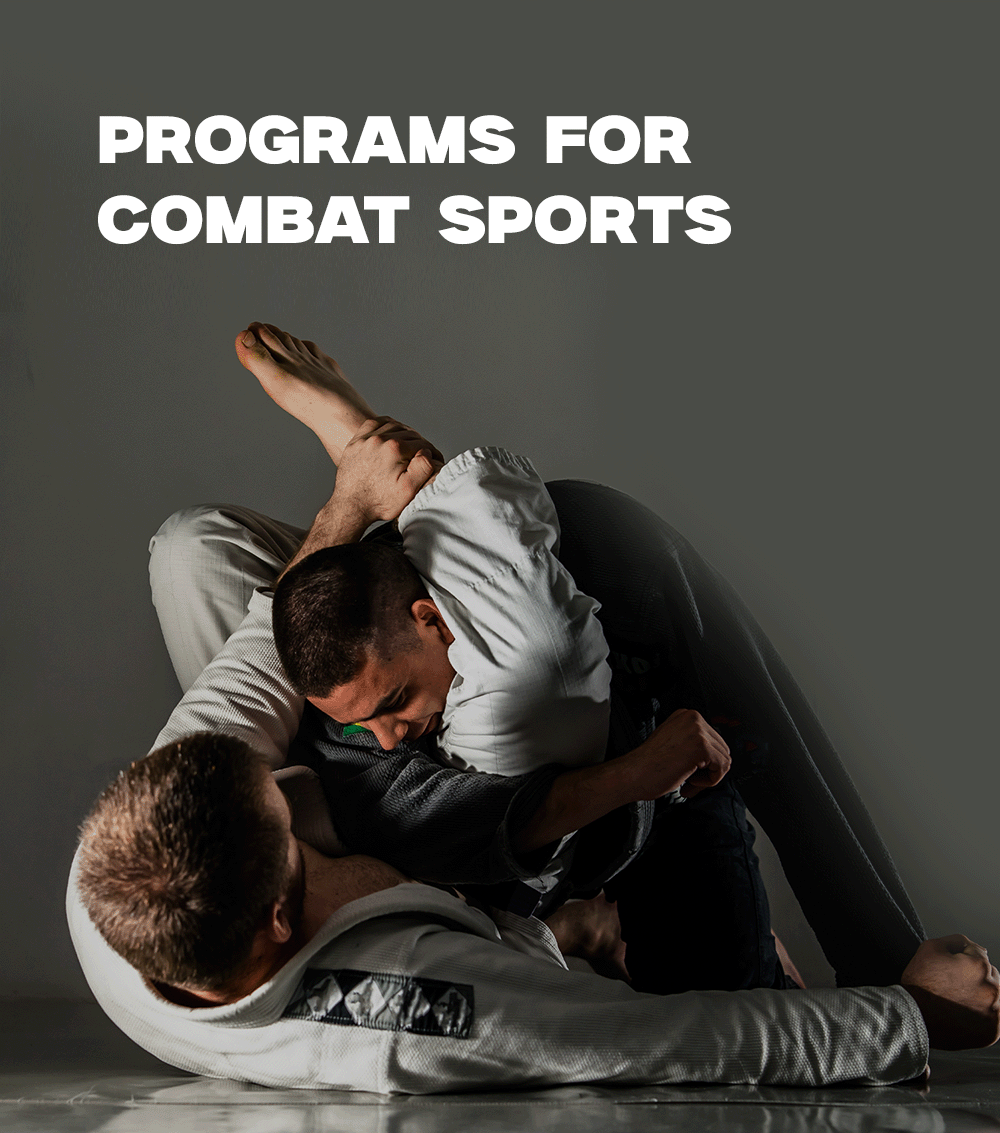Improve muscle tone, posture, and confidence with these simple moves.
If you're starting to notice sagging skin or a softer jawline, you're not alone. Many people assume it's purely a result of aging, but in most cases, the real issue is undertrained neck muscles. Just like your core or glutes, your neck responds to targeted training quickly and noticeably.
At Iron Neck, we focus on building strength where it matters most starting with the muscles that support your spine and brain. Strengthening your neck not only improves its appearance but also helps with posture, mobility, and resilience. Whether you're stuck at a desk all day, train hard in the gym, or just want to feel more confident in your body, these exercises are a solid first step.
Why Neck Tightening Exercises Matter
Your neck is home to more than 20 muscles responsible for head movement, posture, breathing, and even facial expression. When these muscles become weak due to long hours of sitting, poor posture, or simply neglect they stop providing the support your skin and spine need.
As a result, your neck begins to droop, wrinkle, and lose definition. This creates what many refer to as a "turkey neck" a condition often treated with expensive procedures or invasive treatments. But by reactivating and rebuilding these muscles through resistance training, you can reverse some of that sagging and restore youthful support and shape.
Training your neck is about more than how you look in the mirror. A strong neck improves your ability to hold your head high, breathe efficiently, and avoid common issues like tension headaches, forward head posture, and chronic stiffness.
The Benefits of Neck Strengthening
Training the neck leads to functional and aesthetic improvements. Here’s what consistent neck work can do for you:
1. Improve jawline and muscle tone:
Resistance-based neck training helps define the muscles around your jaw and under the chin, giving a firmer, more sculpted look.
2. Correct tech neck and poor posture:
Strengthening deep stabilizers allows your head to sit naturally over your shoulders, reducing strain and visual slouching.
3. Support spinal alignment:
A stronger neck reduces the load on your upper back and traps, relieving pressure and improving balance.
4. Reduce tension headaches:
Neck tightness is a common trigger for headaches training helps release that tension.
5. Boost circulation and skin health:
Increased blood flow can help promote collagen activity and give your skin a healthier, firmer appearance.
5 Neck-Tightening Exercises That Actually Work
You don’t need surgery, injections, or miracle creams. These five exercises target the muscles that actually shape and support your neck and jawline. All you need is consistency and good form.
1. Chin Tucks
Targets: Deep neck flexors
Chin tucks are foundational for posture correction and muscle reactivation.
How to perform:
- Sit or stand tall, shoulders relaxed.
- Slowly pull your chin straight back (not down), like you're trying to make a double chin.
- Hold this tucked position for 5 seconds.
- Release and repeat for 10–15 reps.

Why it works:
Most people lose touch with their deep neck flexors due to forward head posture. This move re-engages them, which helps pull your head back into alignment and improves the appearance of your neck profile.
2. Neck Extensions with Resistance
Targets: Posterior chain of the neck
This movement activates the muscles along the back of the neck that keep your head upright.
How to perform:
- Anchor a resistance band or use an Iron Neck device.
- Start in a neutral head position.
- Gently press backward against resistance, extending your head.
- Pause briefly at the end of the range, then return to center.
- Complete 2–3 sets of 10 controlled reps.

Why it works:
Extension work builds the strength needed to prevent the common “head-forward” look. Stronger extensors also help improve skin tension across the back of the neck.
3. Isometric Holds
Targets: Stabilizer muscles
Isometrics are excellent for building endurance and control, especially in beginners or those recovering from pain.
How to perform:
- Place your hand on your forehead.
- Press your head into your hand while resisting movement.
- Hold for 10 seconds.
- Repeat on the sides and back of your head, 3 reps per direction.

Why it works:
These holds activate the deeper muscle layers that support the neck without requiring full movement. This makes them safe and scalable for all levels.
4. Lateral Neck Raises
Targets: Lateral neck muscles (scalenes, sternocleidomastoid)
How to perform:
- Lie on your side with your spine aligned and neck in a neutral position.
- Slowly raise your head toward your shoulder.
- Pause at the top, then lower back down with control.
- Perform 10 reps per side, 2 sets.

Why it works:
These muscles often get overlooked, yet they help shape the outer contour of your neck. Strengthening them improves both structure and symmetry.
5. Neck Rotations with Resistance
Targets: Rotational strength and functional movement
How to perform:
- Secure a resistance band or use the Iron Neck.
- Keep your body still and turn your head slowly to one side, then the other.
- Perform 8–10 reps per side.

Why it works:
Neck rotation restores natural movement patterns and strengthens the often-underused rotators. It’s especially helpful for those who feel “stiff” or limited in side-to-side motion.
Bonus Tips to Accelerate Results
To get the most from your neck workouts, combine exercise with these recovery and lifestyle tips:
- Train 2–3x per week. Like any muscle group, consistency is key to results.
-
Sleep and hydrate. Collagen production and muscle recovery both depend on rest and hydration.
- Watch your posture. Keeping ears aligned with shoulders reduces unnecessary tension.
- Use tools that provide resistance. Devices like the Iron Neck allow for controlled, 360° resistance that traditional bands can't match.
Real Stories: How Neck Strength Transformed Lives
We’ve seen thousands of people regain control over their posture, mobility, and confidence. Here’s what they’re saying:
Great for home rehab. — Frank R., Verified Buyer ⭐⭐⭐⭐⭐ (01/03/25)
“I have a medically compromised neck. After six months of using Iron Neck, it hasn’t fixed my main issue but it has improved my strength, mobility, stability, and muscle spasms"
Just do it. — Shawn S., Verified Buyer ⭐⭐⭐⭐⭐ (07/02/25)
“I had neck pain with hand tingling that I thought was only going to get worse leading to surgery. It’s only been about a month, but I have more hope than ever. I’ve had days with no pain at all… For me, it seems to realign the vertebra. Take your time and go slow with minimal resistance.”
FAQs: Neck Tightening Exercises
1. Do neck tightening exercises really work?
Yes when done consistently and with proper form, they activate and strengthen the muscles that support your neck and jawline. The result is improved tone, posture, and mobility.
2. How long before I see results?
Most people report noticeable changes in posture and tension relief within 2–3 weeks. Visible improvements in muscle tone and appearance can take 4–6 weeks with regular training.
3. Are these exercises safe for beginners?
Absolutely. The exercises in this guide are low-impact and scalable for all fitness levels. If you have any medical concerns, consult a physical therapist before starting.
4. Do I need equipment to do these exercises?
You can start with bodyweight and isometric holds, but tools like the Iron Neck or resistance bands can accelerate results by adding controlled resistance in all directions.
5. Is it safe to train the neck every day?
Your neck needs recovery like any other muscle group. Start with 2–3 sessions per week and allow time for adaptation. Overtraining can lead to stiffness or discomfort.








Leave a comment
This site is protected by hCaptcha and the hCaptcha Privacy Policy and Terms of Service apply.